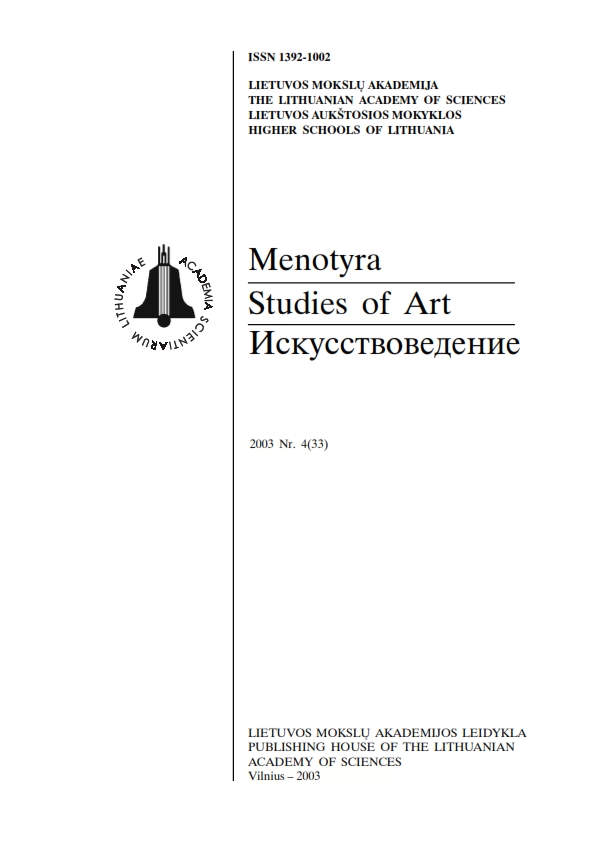Kalbos problema šiuolaikiniame teatre. Referento kazusas
The issue of language in contemporary theatre. The problem of referent
Author(s): Rasa VasinauskaitėSubject(s): Theatre, Dance, Performing Arts, Semiology, Structuralism and Post-Structuralism
Published by: Lietuvos mokslų akademijos leidykla
Summary/Abstract: The article makes a short overview of the structuralist - semiotic approach to theatre studies and concentrates on post-structuralism. The latter treats the language as writing (cf. body language), which forms its own space of creation or 'inscription' (J. Derrida) and at the same time creates its context as well as the objects and meanings in the context. In addition to the visual level, the contemporary theatre is as well concerned with the act of construction or inscription in the space, therefore such an act may be called the act of construction/deconstruction. It is performed both by the author (the artistic director or the actor) and by the perceiver (the spectator). It is exactly the gesture of deconstruction that suggests a different way of 'writing', creation, or presentation of phenomena and objects. According to Hans-Thies Lehmann, contemporary theatre is a post-dramatic theatre. In its most characteristic features it represents postmodernist culture and exists in as well as creates a postmodernist discourse. Having been only imitated by the theatre (text perceived as a linguistic object is a certain analogue of the reality), the reality, the object, and the subject presented by this discourse now belong to the reality of the inscription in the stage space; they are now the products of this reality and manifest their meanings only within its context. On the other hand, this reality is found in the inter-textual space which, though denying the law of similarity, preserves the possibility of reference. In contemporary theatre, the action itself and the act of creation, construction or deconstruction become the referent. In other words, contemporary theatre, which functions and structures itself according to the laws of postmodernist discourse, is based on the coordination/synchronization of the rules of composition and decomposition, reference and referential distance, and auto- and hetero-reference.
Journal: Menotyra
- Issue Year: 2003
- Issue No: 4(33)
- Page Range: 35-39
- Page Count: 5
- Language: Lithuanian

